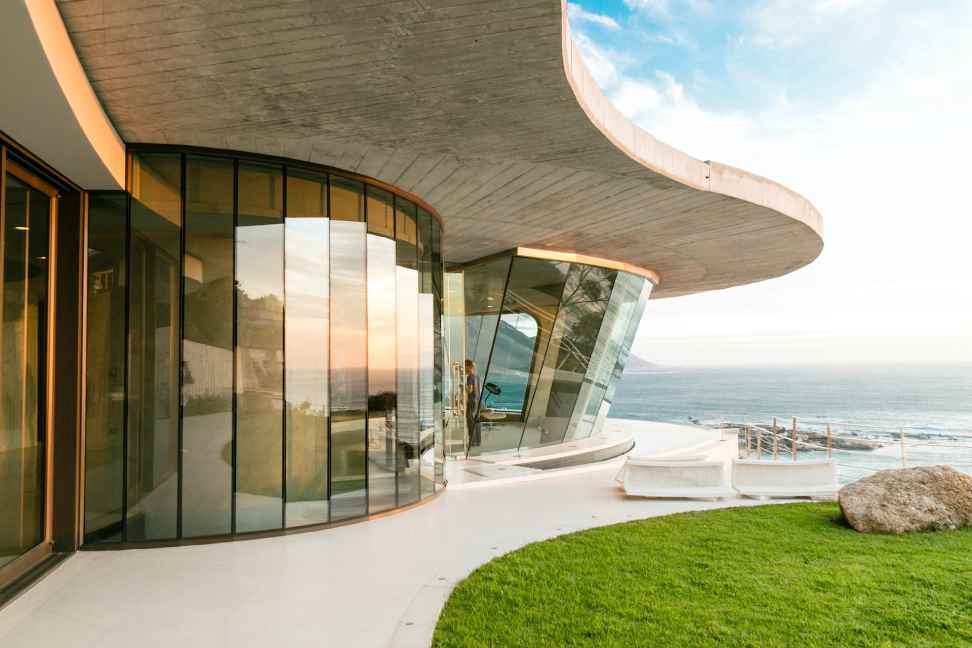Alphaexch247, Kabook Login, VL Book: Sustainable architecture is a design approach that aims to minimize environmental impact while enhancing the health and well-being of occupants. It involves integrating sustainable design strategies and practices into the planning, design, construction, operation, and end-of-life phases of a building. By considering factors such as energy efficiency, water conservation, use of eco-friendly materials, and site orientation, sustainable architecture seeks to create buildings that are not only environmentally responsible but also contribute positively to the surrounding ecosystem.
In addition to addressing environmental concerns, sustainable architecture also prioritizes the comfort and health of inhabitants. This means that sustainable buildings provide ample natural light, fresh air circulation, and a healthy indoor environment free of toxins and pollutants. By promoting a connection to nature and prioritizing human well-being, sustainable architecture goes beyond just the physical structure of a building to create spaces that promote a sense of well-being and harmony with the natural world.
Principles of Sustainable Architecture
Sustainable architecture aims to minimize the environmental impact of buildings while maximizing their efficiency and functionality. One key principle is the use of eco-friendly materials that are sourced locally to reduce the carbon footprint associated with transportation. By incorporating natural elements like green roofs and energy-efficient systems, sustainable architecture promotes sustainable living practices and reduces energy consumption.
In addition, the design of sustainable buildings focuses on maximizing natural light and ventilation to reduce the need for artificial lighting and air conditioning. This not only enhances the well-being of occupants by creating a healthier indoor environment but also reduces energy usage and lowers utility costs. By integrating passive design strategies such as orientation, shading, and thermal insulation, sustainable architecture creates high-performance buildings that are both environmentally conscious and economically beneficial.
Benefits of Sustainable Architecture
Tigerexch247, GX247, Mglionbet: Sustainable architecture offers numerous advantages that extend beyond the environmental realm. Implementing sustainable design principles can result in significant cost savings over the long term. By optimizing energy and water usage, sustainable buildings can lower utility bills and operational expenses, making them more financially efficient in the future.
Moreover, sustainable buildings often provide a healthier and more comfortable indoor environment for occupants. Improved air quality, increased natural lighting, and better temperature regulation contribute to the well-being and productivity of the people inside the structure. These benefits of sustainable architecture can enhance the overall quality of life for individuals working or living in such spaces.
What is sustainable architecture?
Sustainable architecture is an approach to building design that aims to minimize the negative environmental impact of buildings by efficiently using resources and reducing waste and energy consumption.
What are the principles of sustainable architecture?
The principles of sustainable architecture include using renewable energy sources, maximizing natural light and ventilation, using sustainable materials, and designing buildings that are adaptable and long-lasting.
What are some benefits of sustainable architecture?
Some benefits of sustainable architecture include reduced energy consumption, lower operating costs, improved indoor air quality, enhanced occupant comfort, and a decreased impact on the environment.
How does sustainable architecture help reduce energy consumption?
Sustainable architecture incorporates energy-efficient design strategies such as using passive solar heating, high-performance insulation, and energy-efficient appliances and lighting, which help reduce the overall energy consumption of buildings.
How does sustainable architecture help improve indoor air quality?
Sustainable architecture promotes the use of non-toxic building materials and efficient ventilation systems, which help reduce indoor air pollution and create healthier indoor environments for building occupants.
How can sustainable architecture benefit the environment?
Sustainable architecture helps reduce the environmental impact of buildings by using renewable energy sources, conserving water and energy, reducing waste, and minimizing carbon emissions, which ultimately contributes to a more sustainable and eco-friendly built environment.

